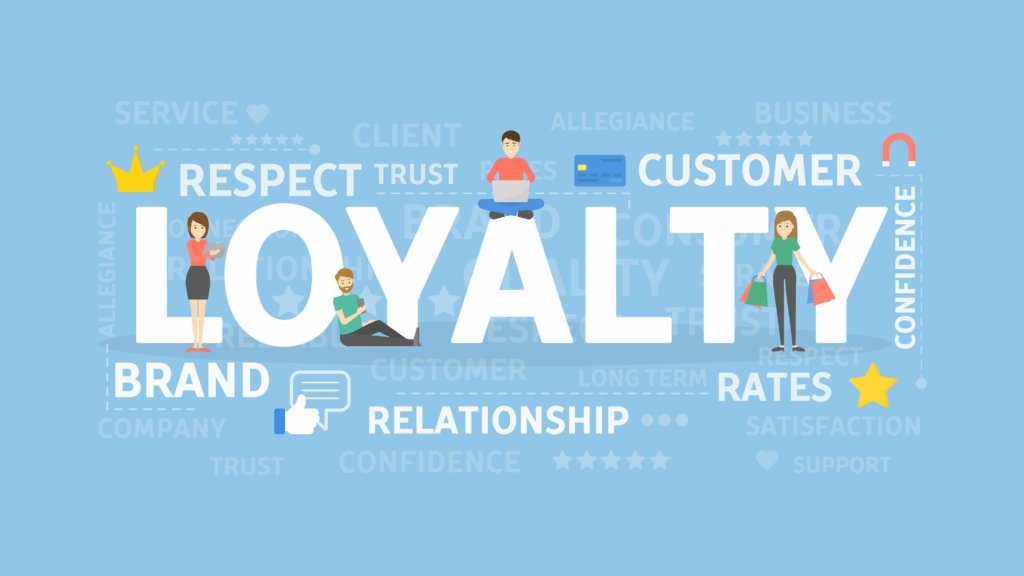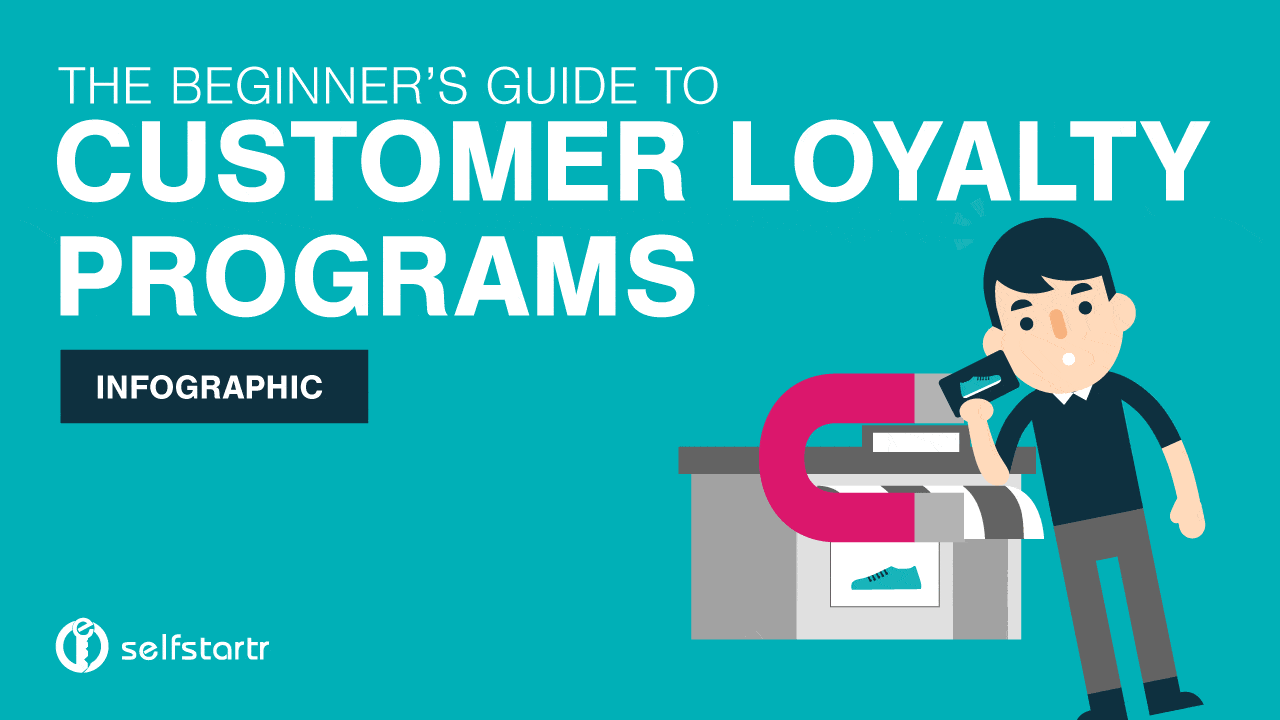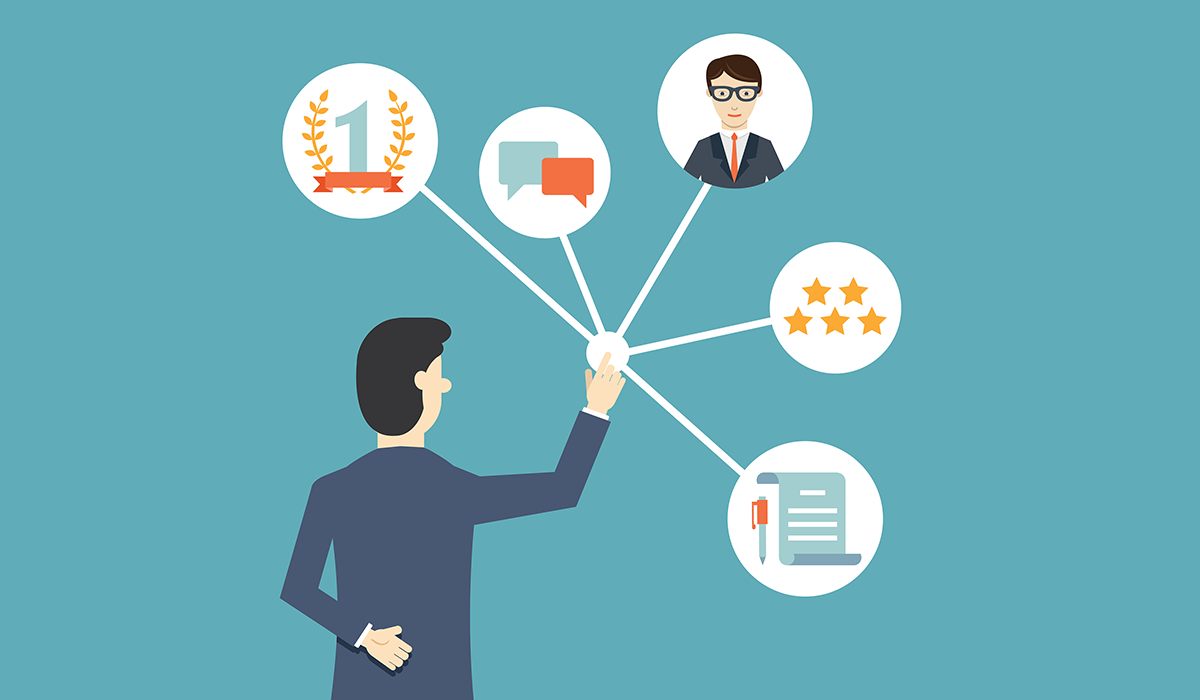All Categories
Featured
Table of Contents
In Jacksonville, NC, Kasey Hooper and Dustin Ray Learned About Effective Marketing Tips

What if you could grow your company without increasing your spending? In truth, what if you could in fact minimize your spending but increase your sales, every year? Would you do it? If you're an entrepreneur, then you'll likely give a resounding 'yes', a basic response to an even simpler question.
A rewards program tracks and rewards particular spending habits by the customer, supplying special advantages to devoted customers who continue to patronize a particular brand name. The more that the client spends in the store, the more advantages they receive. In time, this incentive builds loyal clients out of an existing customer base.

Even if you currently have a reward program in location, it's an excellent concept to dig in and totally comprehend what makes customer commitment programs work, as well as how to execute one that costs you little money and time. Do not fret, I'll assist you with that. I'll break down the primary advantages of a loyalty program and the very best methods to produce devoted customers.
Let's dig in. Client loyalty is when a consumer go back to do service with your brand over your rivals and is mostly affected by the favorable experiences that the customer has with your brand. The more favorable the experience, the most likely they will return to shop with you. Client commitment is incredibly essential to companies due to the fact that it will help you grow your business and sales faster than a simple marketing plan that concentrates on hiring brand-new clients alone.
A couple of ways to measure client commitment include:. NPS tools either send a brand name performance study by means of e-mail or ask consumers for feedback while they are going to a company's site. This info can then be used to much better understand the probability of client loyalty. A repurchase ratio measures the ratio of repeat buyers versus one-time purchasers.
Consumer commitment index (CLI). The CLI tracks customer commitment gradually and resembles an NPS study. Nevertheless, it takes into account a few extra aspects on top of NPS like upselling and buying. These metrics are then used to evaluate brand loyalty. A client commitment program is a marketing method that rewards customers who make purchases and engage with the brand on an ongoing basis.
Client benefits programs are created to incentivize future purchases. This encourages them to continue doing company with your brand. Consumer commitment programs can be set up in many different ways. A popular customer loyalty program rewards consumers through a points system, which can then be invested in future purchases. Another type of customer commitment program may reward them with member-exclusive benefits or totally free presents, or it might even reward them by donating cash to a charity that you and your consumers are mutually passionate about.
In Pearl, MS, Laila Nelson and Daniela Craig Learned About Mobile App
By providing benefits to your customers for being loyal and supportive, you'll construct a relationship with them, deepening their relationship with your brand name and ideally making it less likely for them to change to a competitor. You've likely seen consumer loyalty programs in your own shopping experience, whether at your favorite coffee shops or your most frequented supermarket.
But simply since everyone is doing it does not suggest that's an excellent enough factor for you to do it too. The much better you understand the advantages of a client rewards program, the more clarity you will have as you produce one for your own store. You won't be distracted by interesting benefits and complex loyalty points systems.
Keep in mind: work smarter, not harder. Consumer retention is the main benefit of a rewards program that serves as a structure to all of the other advantages. As you supply incentives for your existing client base to continue to acquire from your shop, you will supply your store with a consistent circulation of money month after month.
By growing your retention rate, you can stop investing as much time or cash on increasing your total variety of customers. Why is this crucial? Faithful customers have a higher conversion rate than brand-new consumers, indicating they are most likely to make a deal when they visit your shop than a brand-new client.
By increasing your retention rate by just 5 percent, you can increase your profits by 25 percent and as much as by 95 percent. Needless to state, your retention rate matters. Key Takeaway: If you desire to significantly increase your profits, provide rewards for your existing clients to continue to patronize your store.
And you won't have to spend money on marketing to get them there. Consumer acquisition (aka bringing in new customers) takes a great deal of effort and money to convince complete strangers to trust your brand, come to your store, and attempt your products. In the end, any cash made by this brand-new customer is eclipsed by all of the cash invested on getting them there.
Secret Takeaway: If you desire to reduce spending, concentrate on client retention instead of consumer acquisition. When you focus on supplying a positive individualized experience for your existing consumers, they will naturally inform their loved ones about your brand name. And with each subsequent deal, devoted clients will inform much more people per deal.
In Graham, NC, Tatiana Woodward and Makayla Patel Learned About Target Market
The very best part? Since these new clients originated from trusted sources, they are more most likely to develop into devoted clients themselves, spending more usually than brand-new clients generated by other marketing efforts. The Chase Ultimate Benefits program, for example, provides significant benefits for individuals who travel a lot.
The 'ultimate benefits' that Chase cardholders receive include 2x points per dollar invested on all travel purchases in addition to main rental cars and truck insurance coverage, no foreign deal fees, trip cancellation insurance, and purchase defense. For people who travel a lotand have disposable income to do sothere is a huge incentive to spend money through the supreme rewards program.
This whole process makes redeeming benefits something worth boasting about, which is exactly what numerous cardholders wind up doing. And to help them do it, Chase uses a bonus for that too. Key Takeaway: Make it easy for your consumers to brag about you and they will spread the word about your buy totally free.
When you get the fundamentals down, then using a loyalty rewards app can help look after the technical details. Here are the steps to get begun with producing your client loyalty program. No customer wishes to buy products they don't desire or require. The exact same opts for your commitment program.
And the only way to customize an irresistible client commitment program is by thoroughly knowing your consumer base. The best method to do this? By implementing these strategies: Construct client contact info anywhere possible. Guarantee your business is constantly constructing a detailed contact list that allows you to gain access to existing consumers as frequently and as quickly as possible.

Track consumer habits. Know what your clients want and when they desire it. In doing so, you can expect their desires and requires and offer them with a loyalty program that will satisfy them. Classify client individual characteristics and choices. Take a multi-faceted technique, don't limit your loyalty program to simply one avenue of success.
Motivate social networks engagement. Frame strategies to engage with your consumers and target market on social networks. They will quickly provide you with really informative feedback on your items and services, permitting you to better comprehend what they get out of your brand name. Once you have worked out who your clients are and why they are working with your brand name, it's time to choose which kind of commitment benefits program will motivate them to stay faithful to you.
In 33445, Abdullah Lam and Joseph Montoya Learned About Target Market
Nevertheless, the most common client commitment programs centralize around these main ideas: The points program. This kind of program focuses on satisfying customers for every purchase they make with points in a point system. These points can then either be used on future purchases or put towards some type of reward.
The paid program. This kind of program needs clients to pay a one-time or annual charge to join your VIP list. Loyalty members who belong to this list have the ability to gain access to special benefits or member-exclusive advantages. The charity program. This type of program is a little different than the others.
This is attained by motivating them to do business with the brand and, in return, their commitment will be rewarded with a contribution to a charity. The tier program. This kind of program focuses on increasing levels of brand loyalty. The more devoted a client is to a brand, the higher tier they will climb up to and the much better the rewards they will get.
This kind of program is simply as it sounds, where one brand name partners with another brand name to supply their cumulative audiences with special member discounts or deals that they can redeem while working with either brand name. The neighborhood program. This type of program incentivizes brand name commitment by supplying its members with access to a like-minded neighborhood of individuals.
This type of program is relatively similar to paid programs, however, the membership cost takes place on a routine basis rather than a one-time payment. Next, pick which client interactions you want to reward. Base these benefits around which interactions benefit your service one of the most. For instance, to help your business out, you can use action-based benefits like these: Reward clients more when doing organization with your brand name during a sluggish period of the year or on an infamously sluggish day of business.
Reward consumers for engaging with your brand name on social networks. Incentivize certain products you are trying to move rapidly. Incentivize purchases that are over a particular dollar quantity. The idea is to make your client loyalty program as simple as possible for your customers to utilize. If your client commitment program isn't personnel friendly, isn't easy to track, is too pricey to run, or isn't simple for your consumers to use or understand, then personnel and consumers alike most likely will not make the most of it.
To get rid of these barriers to entry, think about incorporating a customer commitment software application that will help you continue top of all of these elements of your program. Some quality customer program software consist of:. CandyBar is a digital punch card program. It works by tracking your customer's purchases through an app on a computer, phone, or tablet.
In 11375, Nathanael Woodard and Uriel Webster Learned About Customer Loyalty
Commitment members can then examine their rewards via text message and entrepreneur can use the program to contact their consumers. Yotpo. Yotpo is a cloud-based consumer commitment platform specifically for eCommerce companies. This software application is especially excellent at collecting every kind of user-generated content, handy for customizing a much better consumer experience.
Loopy Loyalty is a convenient consumer commitment software for services that primarily use Google Wallet or Apple Pay as their payment platforms. The software develops a digital loyalty card that sends out push notices to their consumers' phones when they are in close proximity to their traditional store. Once you've put in the time to choose which consumer loyalty techniques you are going to execute, it's time to start promoting and registering your very first loyalty members.
Usage in-store advertisements, incorporate call-to-actions on your website, send out promotions via email newsletters, or upload marketing posts on social networks to get your consumers to join. It is necessary to understand the main advantages of a client rewards program so that you can create an individualized experience for both you and your consumer.
Consider it. You understand what type of items your clients like to purchase but do you understand what brings them back, day after day, week after week? What makes them select your store over the shop throughout the street? What makes them your customer and not the client of your greatest competitor? Surprisingly, the responses to these questions do not boil down to discount rate costs or quality items.
Table of Contents
Latest Posts
In 55104, Alisson Holt and Bradley Curry Learned About Marketing Efforts
In Farmingdale, NY, Guadalupe Mccarty and Gerald Mitchell Learned About Subscriber List
In 43551, Nehemiah Kramer and Joselyn Hickman Learned About Positive Reviews
More
Latest Posts
In 55104, Alisson Holt and Bradley Curry Learned About Marketing Efforts
In Farmingdale, NY, Guadalupe Mccarty and Gerald Mitchell Learned About Subscriber List
In 43551, Nehemiah Kramer and Joselyn Hickman Learned About Positive Reviews